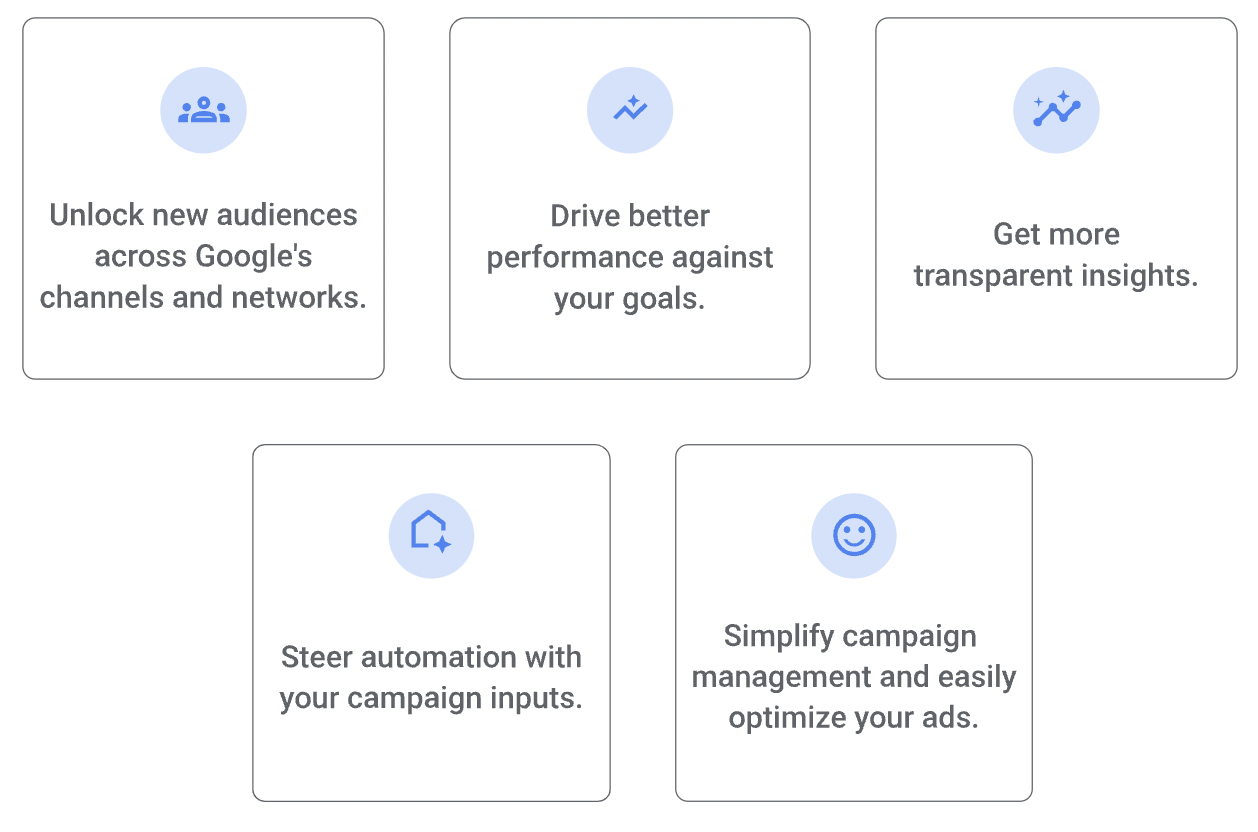
Brand Search Incrementality Testing: a Guide for Performance Marketers
Here’s how to design and execute a brand search ad incrementality test to find out if you could save some of your …

2022 has seen skyrocketing CPCs for many businesses in brand search, a campaign type that has previously been relatively cheap. Increases of just a couple of cents eat into profits due to the high volume of clicks - and some businesses are even seeing the cost of their own brand name cross the £1 threshold. Brand search is an area where profitability is unclear so cost increases here can be particularly critical - businesses often can’t take quick, data-driven decisions on whether to continue with the channel.
We have put this article together to give you some context on why costs are increasing and a couple of ways you can mitigate the impact of this.
Factors like inflation, the post-covid surge and more are putting pressure on marketing on the while. The two that we’re particularly focusing on relating to brand search CPCs are iOS 14.5 and new Google Ads features (including Performance Max).
You’re probably sick of hearing about the impact of iOS14.5 - Apple’s attack on app tracking that had a wide felt impact on the digital world. When it hit in Q2 2021, many expected that the impact would be felt more on Facebook, due to the features Meta rolled out in response. Advertisers thought that the channel would become less profitable due to audiences being less targeted and optimisations at the same granularity no longer possible.
This expectation seems to have pushed advertisers into other, “safer” channels such as Google Ads - which had a higher proportion of ad spend in the months following the iOS14.5 rollout. Increasing the amount of spend going into a finite number of searches pushed up CPCs in most industries and search terms. When the ROI of generic campaigns decreases, lower ROI competitor keywords become more attractive - and more advertisers piling onto Google leads to more competition for each brand’s name.
 CPA changes between Google Ads & Facebook Ads since Jan 2021
CPA changes between Google Ads & Facebook Ads since Jan 2021
The other impacting factor seems to be Google Ads features leaning more towards automated, black-box tools. Since Performance Max dropped in November 2021, advertisers have been trading off control over their campaigns for stronger levels of performance. Two of the factors that are almost entirely automated in the campaign type are the targeted search terms and the bidding (which is now based on a bid strategy). Adding negatives to the campaign is only possible with the use of an account manager, so preventing the campaign from targeting a companies brand terms isn’t easy. Performance Max campaigns also often target competitors brand terms, meaning more competition on all brand terms. If you combine these targeting changes with a bid strategy, it can result in more competitors bidding higher amounts on these keywords that what we would have expected with manually targeted campaigns.
 Performance Max’s “benefits”
Performance Max’s “benefits”
We’re not suggesting that advertisers switch off their brand campaigns for good - far from it. We always recommend that a decision on whether to bid on brand terms should be made with as much data as possible, rather than just theory and assumptions. More expensive keywords could mean that profitability is lower, but the campaign could still be doing more good than bad.
Incrementality testing is the best way to understand more about your brand search campaigns. This can help you calculate the cost per incremental conversion (CPiA) and take the decision based on the campaign’s true profitability. These tests can be carried out internally (check out our guide to incrementality testing for performance marketers) or using a service such as ours (find more details on that here).
Outside of testing, businesses could look at strategies for reducing their brand CPCs. Switching the campaign to more manual bid strategies allows more control over the CPC - strategies based on impression share or last-click CPA/ROAS are likely to keep driving up CPCs in response to heightened competition. Manual CPC allows you to exclude only the most expensive clicks, and is a less severe response than switching the campaign off fully.
One strategy that has worked well for a number of our clients is temporarily targeting the 2nd position on a page. While this seems risky on the surface, pushing competitors to position 1 will have a huge impact on their CPCs. Assuming that their ROI for those search terms will be slim at best, this could push their campaigns into unprofitability - causing either their automated bid strategy, or their marketing team, to reduce the bids in line. Any traffic you lose due to the lower position should be temporary, assuming that their marketing team are reliable.
So while brand search is getting more expensive due to numerous impacting factors, there are ways to mitigate the worst of it. The brands that are able to adapt this new landscape faster will have the best chance of keeping their marketing ROI at a manageable level. Carrying out a brand incrementality test is a good way of making a decision about the future of your brand ads budget - if you need any help don’t hesitate in getting in touch!

Here’s how to design and execute a brand search ad incrementality test to find out if you could save some of your …
Our app is currently in a closed beta. To ensure the quality of each test, we’re opening our test to just a handful of users at a time. Signup using the link below to join the waitlist and get more info